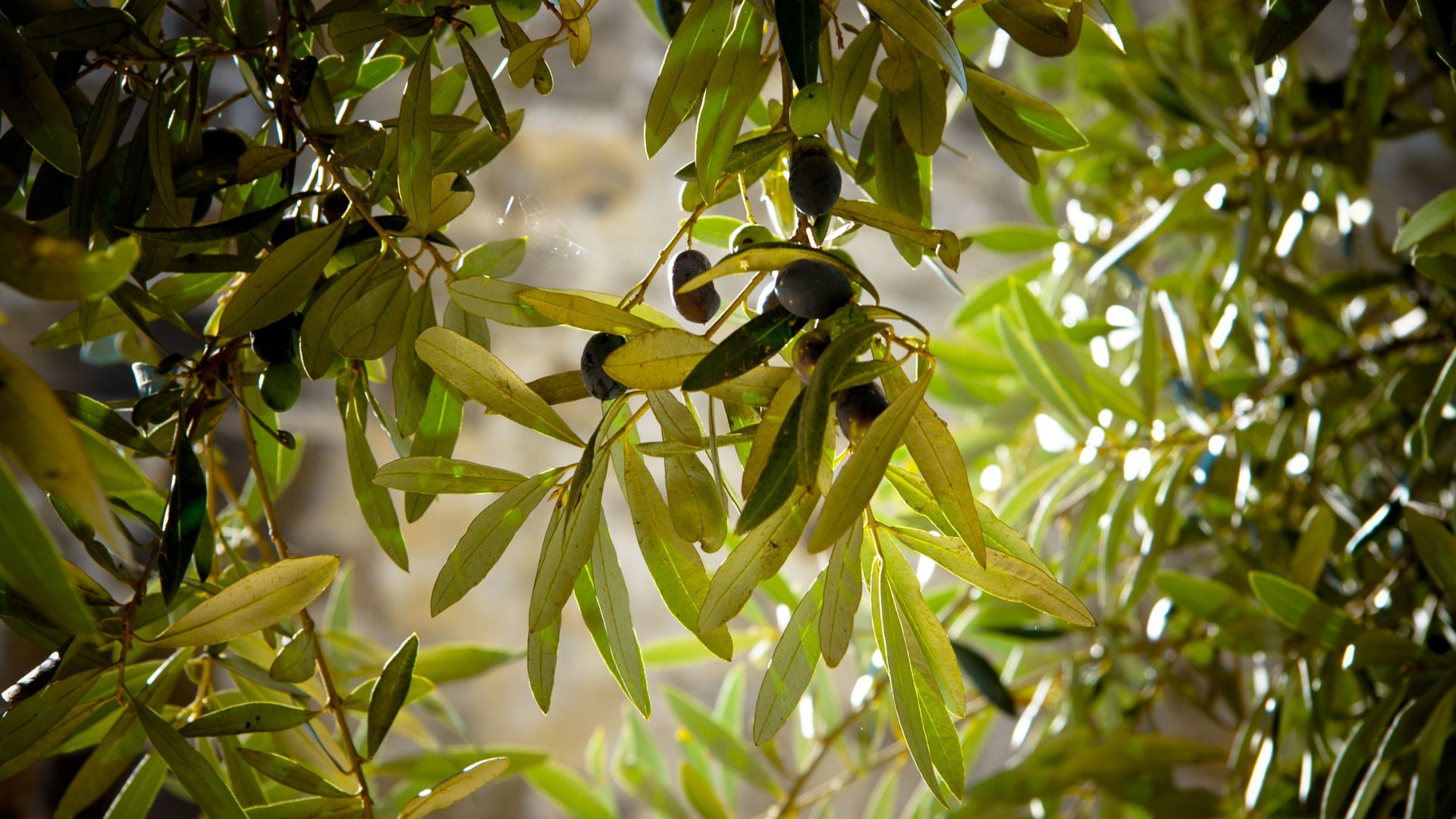Tucked along Italy’s Adriatic coast, there’s a place where fishing tradition meets wild beauty. The Trabocchi Coast in Abruzzo takes its name from the quirky wooden fishing platforms scattered along its shores. These trabocchi stretch out over the sea, letting fishermen reel in deep-water catches without straying far from land.
When I visited last summer, I stumbled upon these incredible platforms and instantly fell in love with their intricate design. Some have weathered centuries of storms, now serving as both fishing outposts and cultural icons.
As I wandered the coastline, I watched local fishermen work these platforms using time-honored techniques. Their movements looked almost choreographed, passed down like family secrets.
What sets the Trabocchi Coast apart is how seamlessly these old wooden structures merge with the landscape. Between them, you’ll find little coves with water so clear it’s almost unreal, and tiny beaches hidden between rocky cliffs.
Many trabocchi have become seaside restaurants. I still remember eating seafood there, caught right beneath where I sat, just hours before. That’s hard to beat.
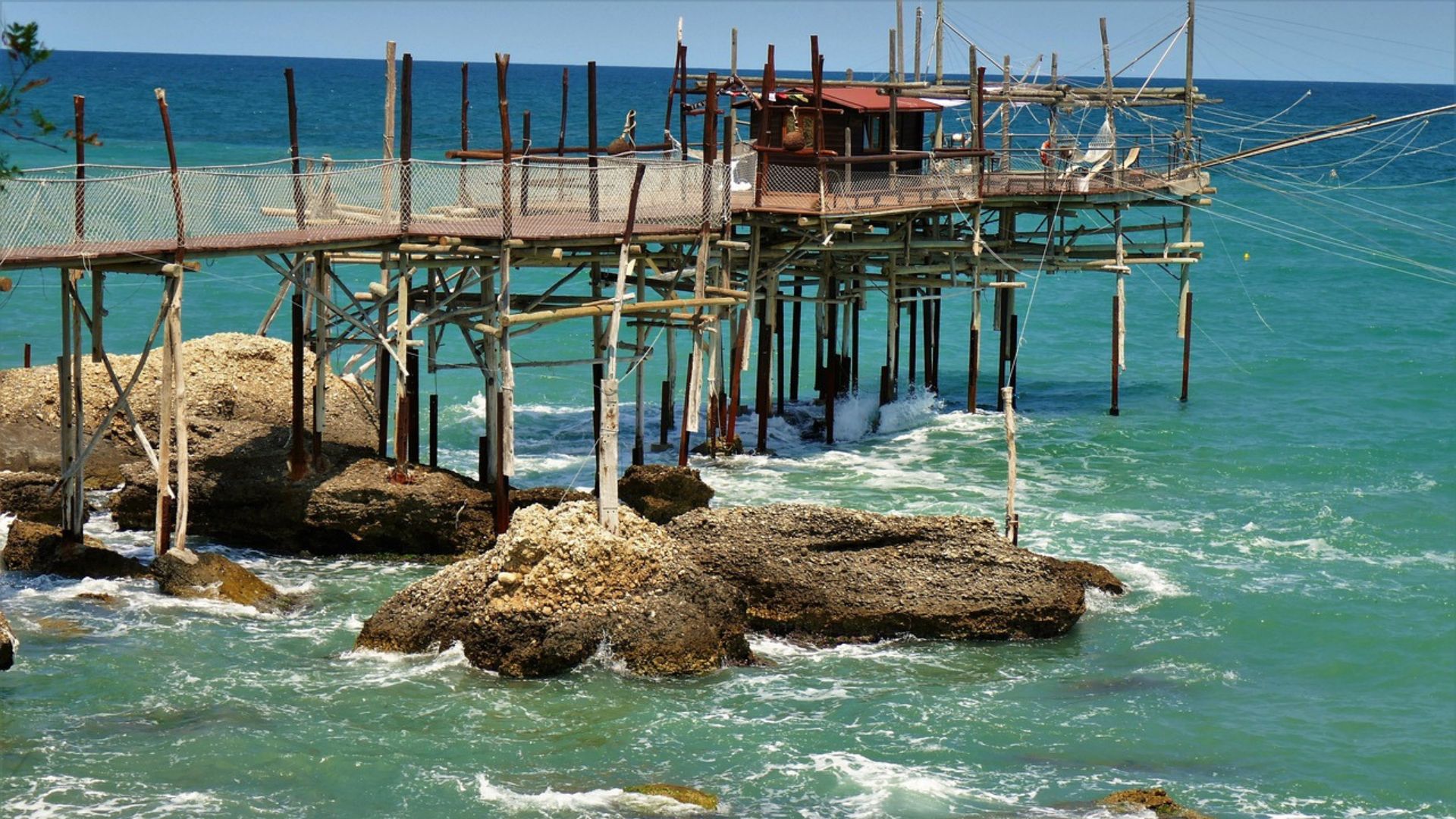
The Allure of Trabocchi: Fishing Platforms on the Adriatic
All along Abruzzo’s Adriatic coastline, trabocchi stand as iconic wooden structures that define the region’s look and feel. These clever fishing platforms mix practicality with beauty, telling a story of how people shaped their lives by the sea.
History of Wooden Fishing Platforms
Trabocchi first appeared here in the 18th century, though some locals swear they’re even older—maybe Phoenician old. Fishermen built them out of need, wanting to catch fish without risking the open water.
I found it fascinating that their spindly designs evolved to withstand the Adriatic’s wild moods. Builders used pine and oak, anchoring the platforms on rocky outcrops with a web of poles and cables.
During my research, I came across a quote from Gabriele D’Annunzio, who grew up in this region. He called trabocchi “machines that seem alive.” That fits—they do look like living creatures, standing guard over the waves.
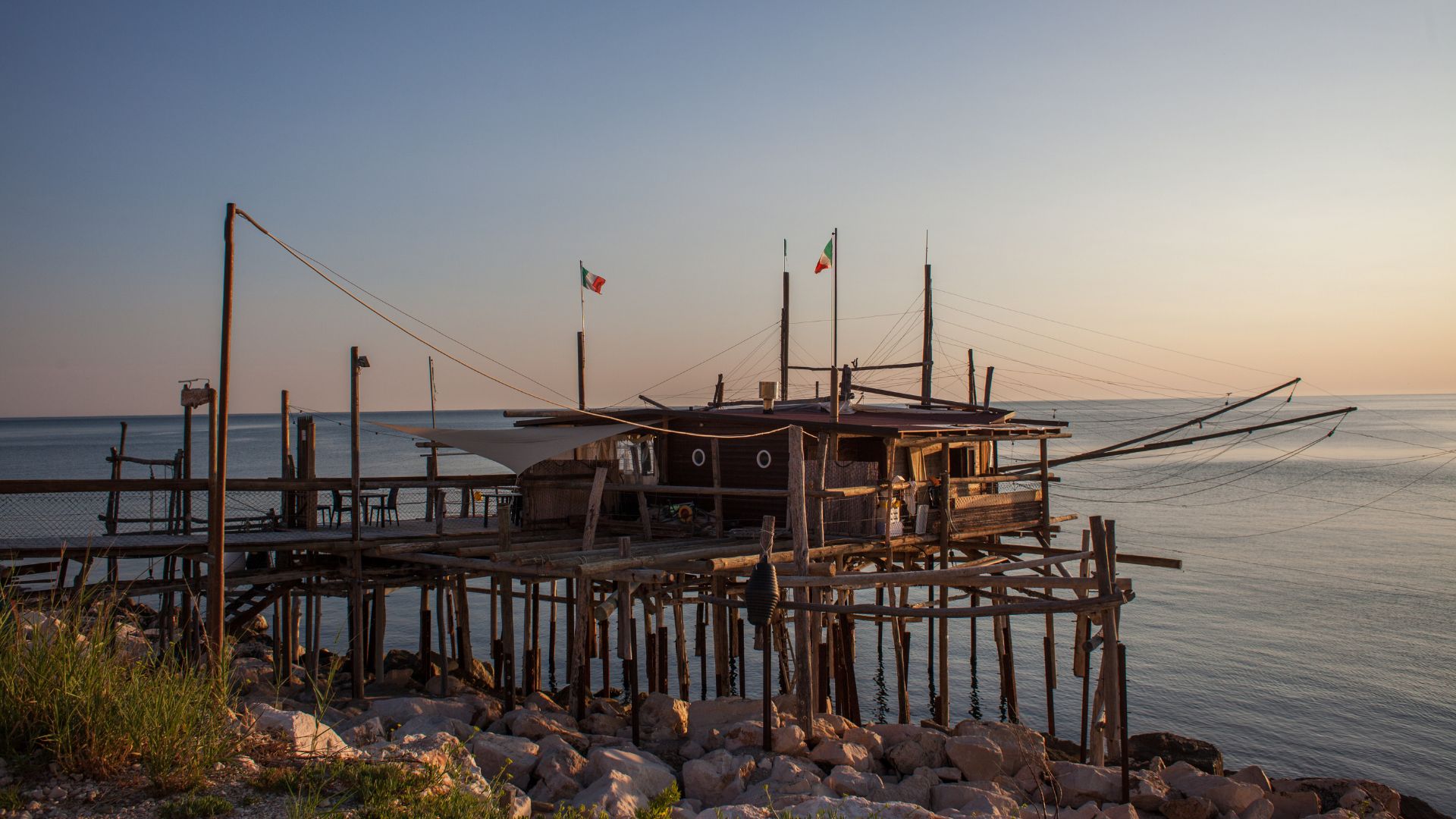
Traditional Fishing Life and Local Culture
As I walked the Trabocchi Coast, I realized these platforms stand for more than just fishing—they carry a whole way of life. Families used to pass down their trabocco and the know-how to run it, generation after generation.
The fishing method is pretty clever. Fishermen lower a big net (“trabocchetto”) into the water, then haul it up when fish swim over. No need for boats—just patience and a good eye.
Local food traditions grew up around this. They’d cook whatever they caught right on the platform, creating recipes that still anchor Abruzzo’s coastal cuisine. Some dishes haven’t changed in ages.
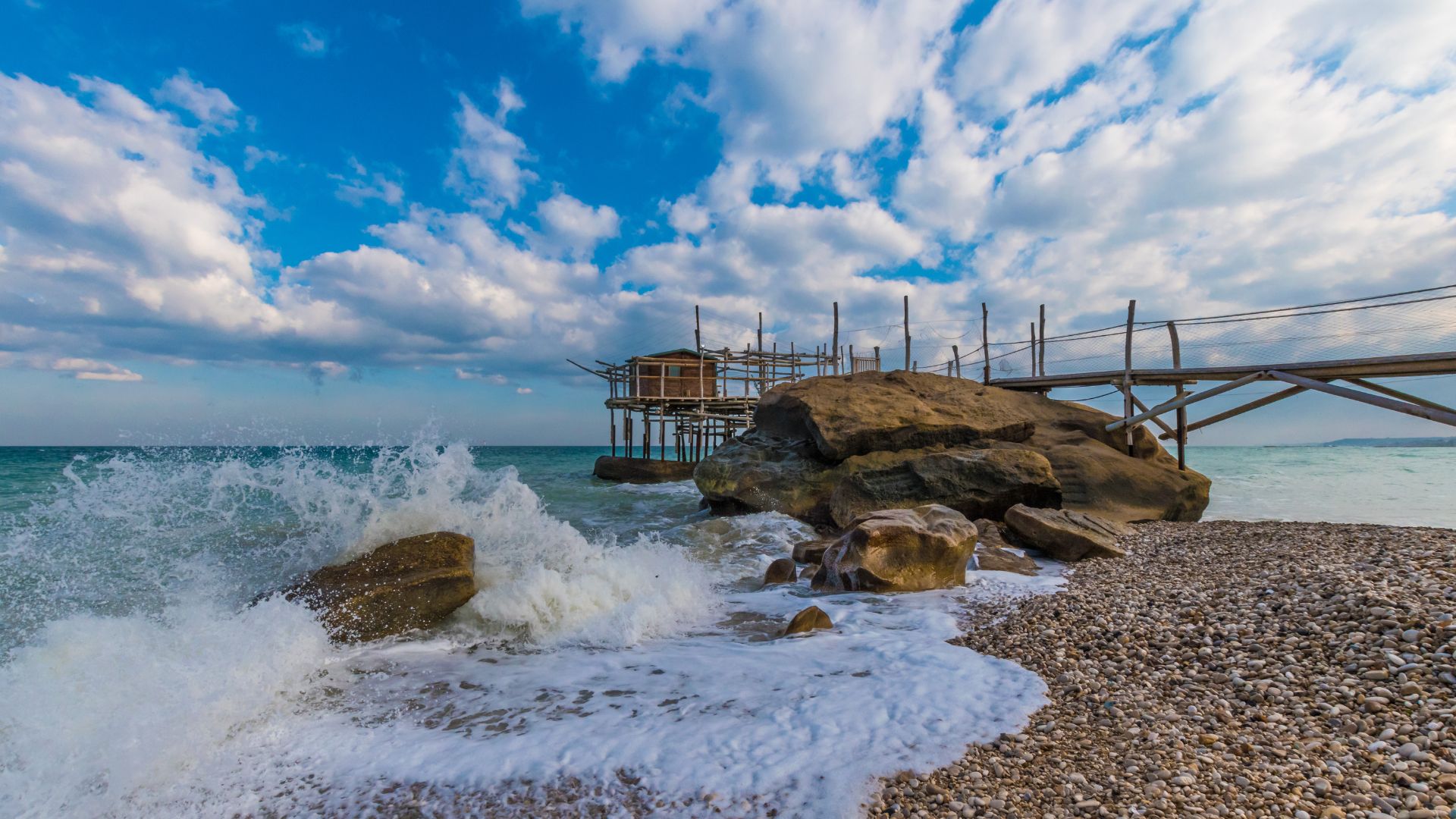
Restoration and Modern-Day Uses
By the mid-20th century, many trabocchi had nearly vanished. But people started restoring them, breathing new life into these quirky structures.
I’ve eaten at several trabocchi restaurants, perched right over the water as the sun set. There’s nothing like it.
The early 2000s brought official recognition for the Trabocchi Coast as a protected cultural landscape. That brought funding and attention, helping keep these places authentic while letting them evolve.
Today, trabocchi symbolize sustainable tourism here. Locals have turned them into jobs and educational experiences, teaching visitors about their history. When I visited last summer, I noticed how well they’ve balanced tradition and new opportunities.
Some trabocchi still work as fishing platforms, though they’ve adapted with the times. It’s a living example of heritage staying relevant.
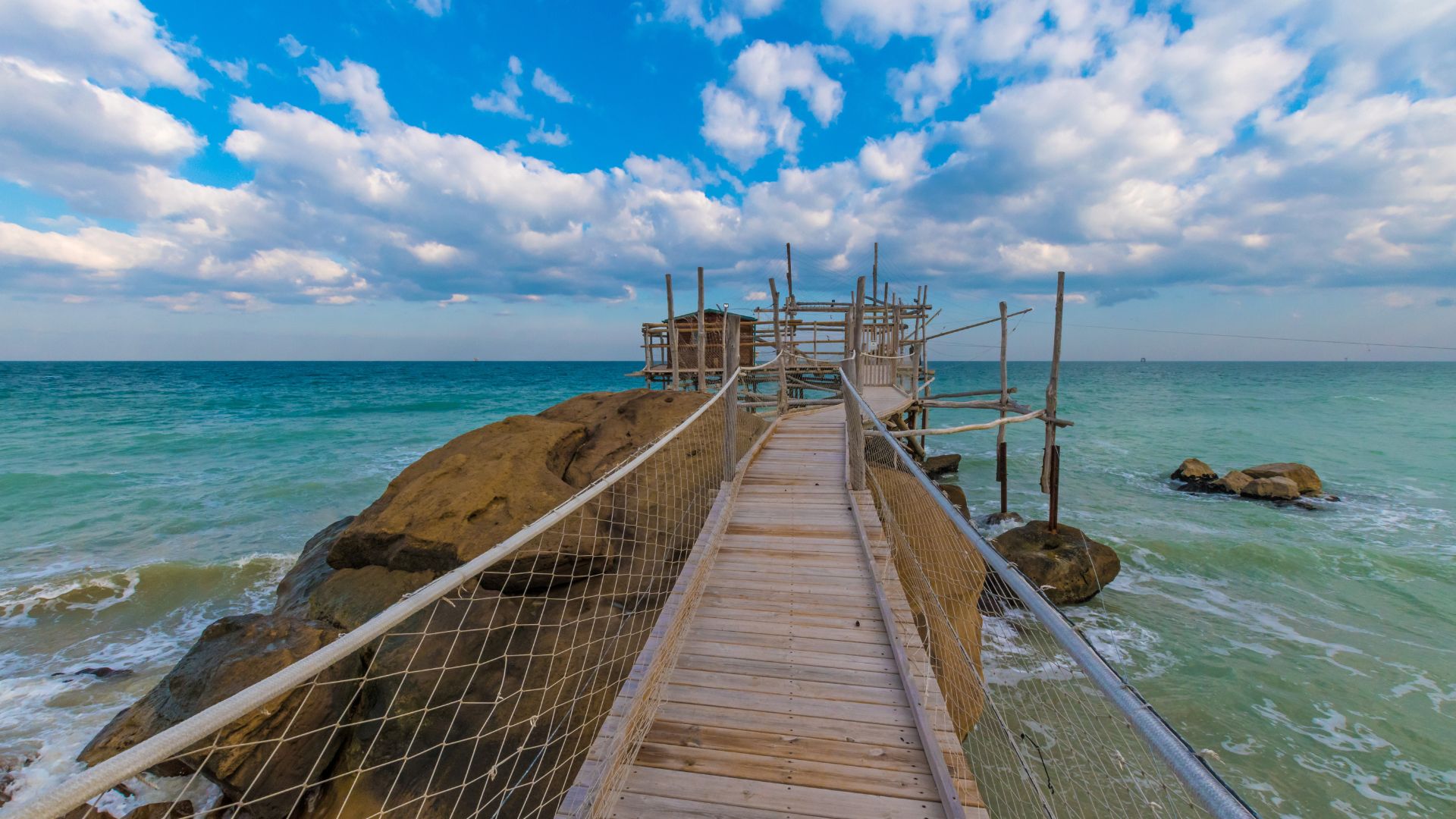
Hidden Coves and Scenic Landscapes
Across the Trabocchi Coast’s 40-kilometer stretch, nature has carved out secret spots between the old fishing platforms. The coastline offers a mix of secluded beaches and dramatic cliffs that most travelers miss.
Secret Beaches and Emerald Waters
Honestly, the real magic here is in the hidden coves with their glassy waters. As I followed the coastal path, I stumbled onto beaches that don’t even show up on tourist maps.
The water is shallow and almost shockingly clean, shifting from emerald to turquoise as the sun moves. Early mornings, you get these places to yourself—perfect for a quiet swim.
My favorite find was a tiny cove near a trabocco, reachable only by a narrow path through wild-smelling Mediterranean brush. The Adriatic Sea was so clear I could spot fish darting right at my feet.
Most of these secret beaches mix soft sand with smooth pebbles, making them great for relaxing away from busier stretches.
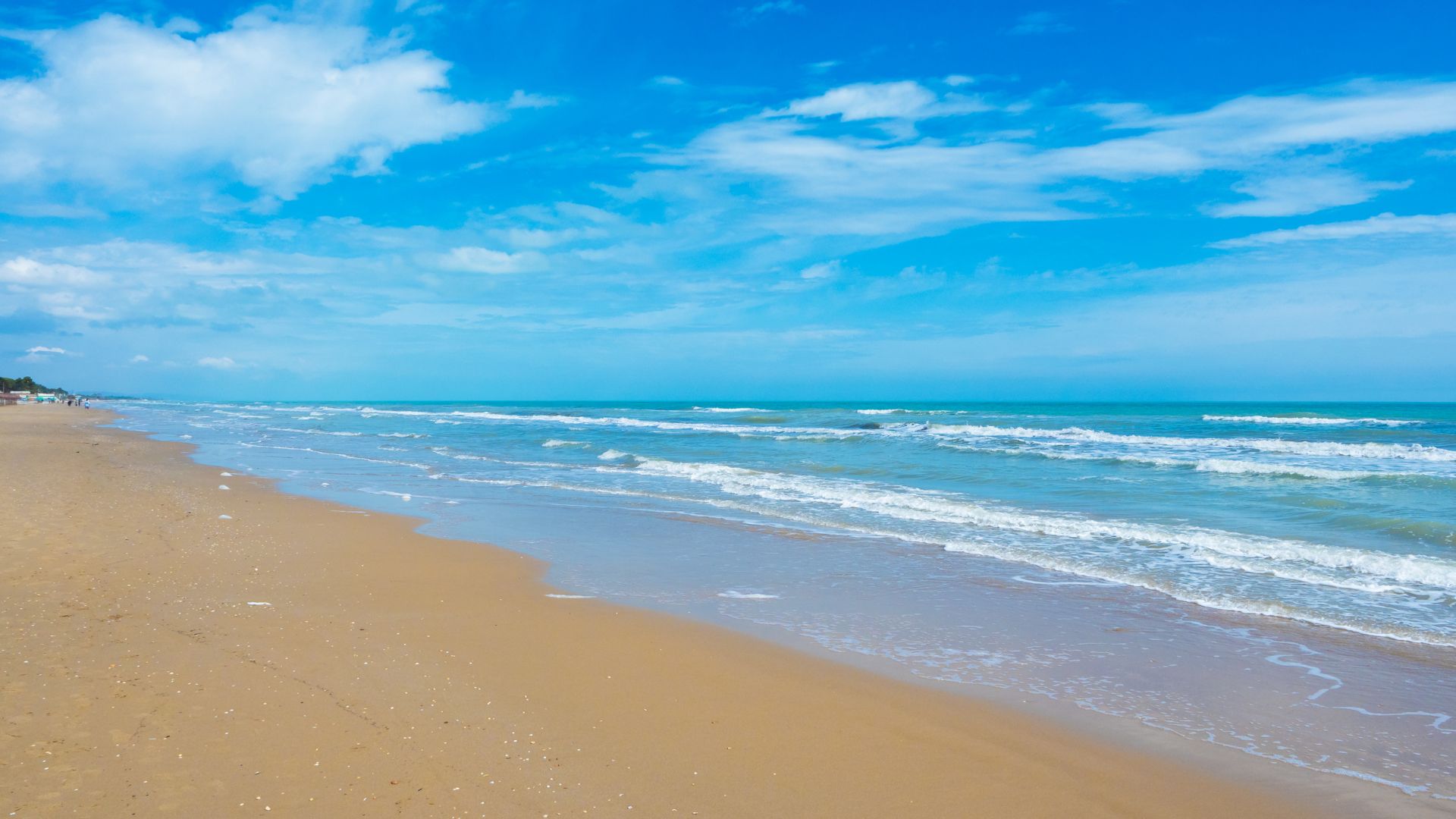
Rocky Cliffs and Dramatic Coastline
As you head south, the coastline gets wilder. I came across cliffs that drop straight into the sea, limestone shaped by centuries of waves.
Walking the cliff-top paths, I kept stopping to snap photos. The white rocks against the deep blue sea? It’s like something out of a postcard.
Some cliffs hide little caves, only reachable by boat or if you’re a confident swimmer. Local fishermen pointed out grottoes where the water glows an unreal blue.
The rocks also create natural pools, perfect for swimming even when the sea gets rough. These spots feel like private treasures, surrounded by dramatic scenery.
Exploring the Coastal Towns and Villages
Dotting the Trabocchi Coast, you’ll find towns and villages along the 42-kilometer stretch from Ortona to Vasto. Each one offers a blend of seaside charm, Italian culture, and striking architecture.
Vasto and Vasto Marina
Vasto completely won me over last summer. The town sits high on a hill, looking out over the Adriatic. The views are honestly hard to capture in photos.
The historic center is packed with medieval architecture, and Palazzo d’Avalos steals the show. In the main piazza, locals gather every evening for their passeggiata—a tradition that never gets old.
Down at Vasto Marina, you get a different vibe. Long sandy beaches stretch for miles, ideal for swimming or just lounging. Beachfront restaurants serve seafood caught using those same trabocchi methods.
The archaeological museum is easy to overlook, but it’s worth a visit if you want to dig into the area’s Roman roots.
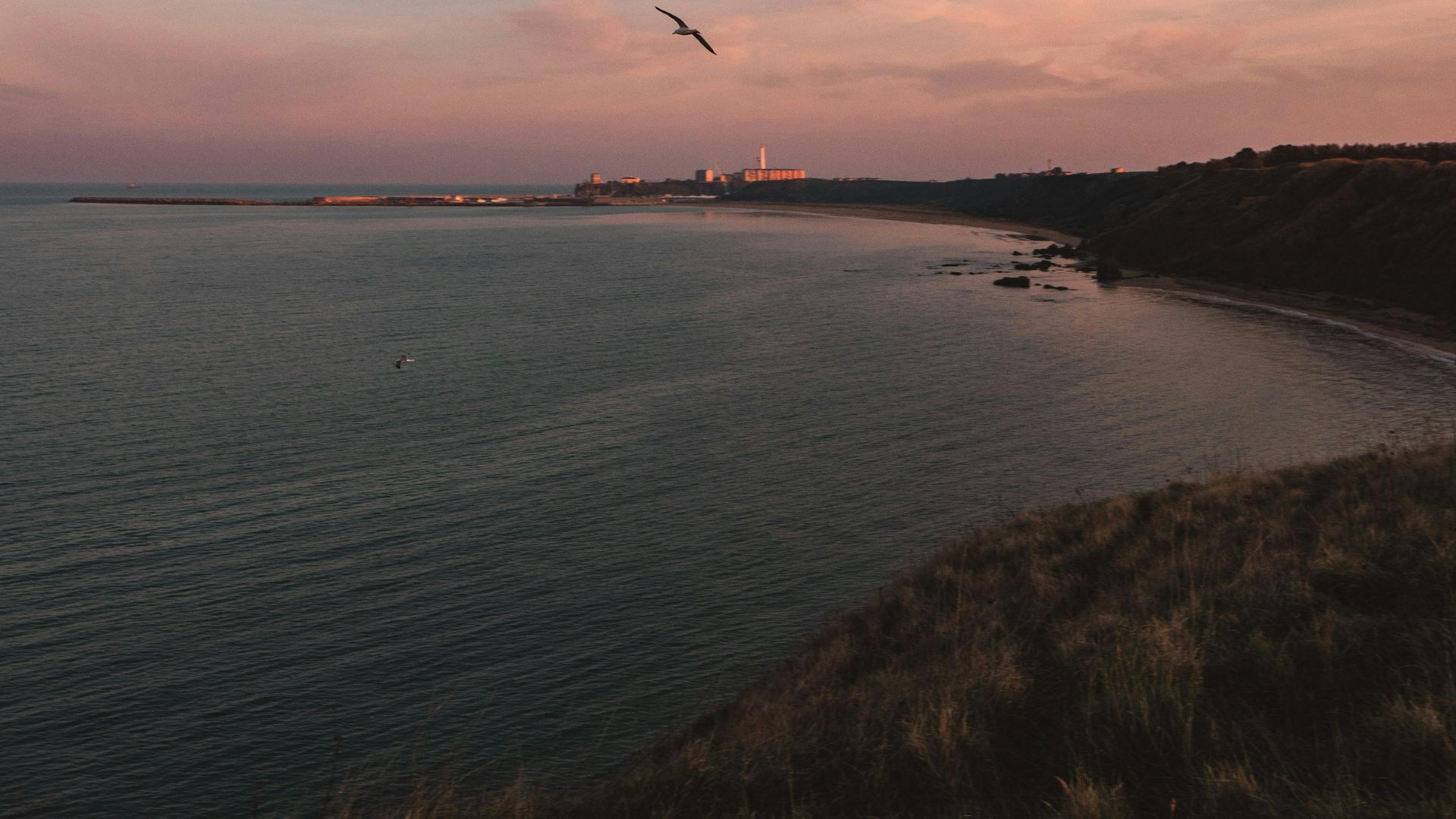
Chieti’s Charm
Chieti sits a bit inland, but it’s a must for anyone exploring Abruzzo. I loved its historic center and the easygoing pace.
The National Archaeological Museum of Abruzzo displays the Warrior of Capestrano statue, dating back to the 6th century BC. It’s a real highlight.
I wandered Chieti’s elegant streets, lined with old palaces and churches. The Cathedral of San Giustino, with its Gothic-Romanesque style, really stood out.
Cafés here serve up local specialties like arrosticini (lamb skewers) and Montepulciano d’Abruzzo wine. I’d go back just for those.
Narrow Streets and Local Life
The real heart of Abruzzo’s coastal towns reveals itself in their winding, narrow streets. I got lost more than once, but that’s where the magic is.
In these villages, you’ll stumble upon:
- Trattorias run by families, serving recipes you won’t find anywhere else
- Artisan workshops where traditional crafts are still alive
- Markets selling local cheeses, olive oil, and fresh produce
- Courtyards bursting with colorful flowers
Sometimes, a twisting alley opens out to a sea view or a tiny piazza. I found mornings best for people-watching as locals started their day.
The architecture tells its own stories—ornate doorways, stone arches, and details from centuries past.
Nature and Unique Sites Along the Trabocchi Coast
The Trabocchi Coast isn’t just about fishing platforms and quaint towns. The landscape here includes protected reserves and wild geological features, perfect for travelers who crave both beauty and peace.
Punta Aderci Natural Reserve
My walk through Punta Aderci stands out as one of my favorite Abruzzo memories. This protected stretch between Vasto and Casalbordino offers sweeping views of the Adriatic.
You’ll find sandy beaches, rocky cliffs, and thick Mediterranean plants. I spent hours hiking trails through fennel and juniper, always with the blue sea just ahead.
Punta Aderci feels untouched. Instead of crowded rows of umbrellas, you get pristine beaches like Punta Penna and Mottagrossa, where crystal-clear waters meet soft sand.

Sant’Agostino: A Natural Amphitheater
A short drive off the main road brought me to Sant’Agostino—a spot most tourists skip. Here, limestone cliffs curve around a cove, forming a natural amphitheater.
The beach sits in a half-moon of tall white cliffs that throw shade on hot afternoons. I noticed the acoustics right away—the cliffs bounce back the sound of the waves in an almost musical way.
The water is perfect for snorkeling, with small fish weaving between rocks and caves. Early mornings here are magical, as sunlight creeps over the cliffs and turns the water gold.
Local Culinary Delights and Traditions
The Trabocchi Coast is a feast for the senses. The food tells the story of coastal communities—how they’ve always drawn from land and sea.
Fresh Seafood and Coastal Dining
Seafood is everywhere along the Trabocchi Coast. The local cuisine centers on what fishermen haul in—sometimes right beneath your feet at a trabocco restaurant.
Brodetto Vastese, a rich fish stew from Vasto Marina, quickly became my favorite. Each place has its spin, but you’ll always get a mix of at least seven local fish.
Watching fishermen bring in their catch and deliver it straight to the kitchen never gets old. Simple grilled fish with local olive oil and lemon captures the coast’s flavors.
If you can, go at sunset. The trabocchi light up, the sea glows, and the food tastes even better with the waves as your soundtrack.
Tasting Abruzzo’s Extra Virgin Olive Oil
A little inland, I discovered Abruzzo’s pride—extra virgin olive oil. The region’s climate makes for perfect olive groves, many of which are centuries old.
I joined a tasting at a family farm and learned how to spot the peppery finish of top-quality oil. Locals showed me their tradition of drizzling oil over fresh bread—simple, but so good.
The Gentile di Chieti olive is native here, producing oil with grassy, distinctive notes. During harvest season (October-November), farms open their doors to visitors who want to help pick and press olives.
What struck me most is how olive oil runs through every part of the local food scene—from seafood to arrosticini (lamb skewers) and even the vegetables. It’s the flavor of Abruzzo.
